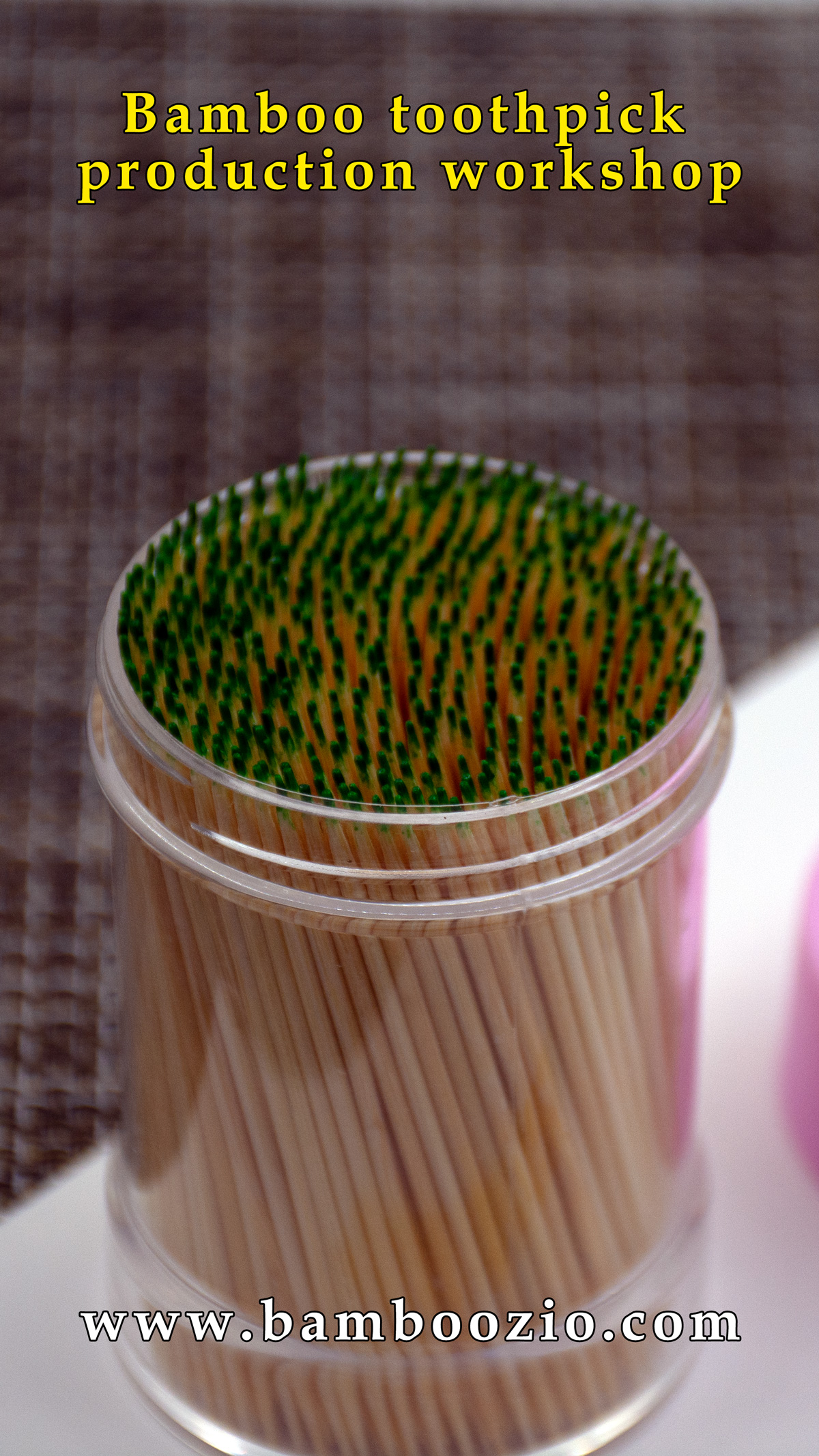
1. Observe the appearance and packaging of toothpicks
Color: Bleached toothpicks will be white in color, which may be treated with excessive amounts of non-edible chemicals such as bleaching powder or industrial hydrogen peroxide, while toothpicks treated with high temperature carbonization will be dark brown.
Packaging: Choose products from regular manufacturers with good packaging, factory name, factory address, health license number, and strict disinfection. Avoid buying "three-no" toothpicks, that is, toothpicks without manufacturer address, brand name trademark, and quality inspection mark.
2. Smell the smell of toothpicks
Pungent smell: Bleached toothpicks may have a slight chemical smell, while carbonized toothpicks have no pungent odor. If a toothpick has a pungent smell, it may mean that chlorine-containing disinfectants or other chemical disinfectants have been used, and the dosage may exceed the standard.
No odor: If a toothpick does not have any odor, it does not necessarily mean that it is safe. Because if the toothpick does not contain any disinfectant, there may be a risk of contamination by microorganisms such as bacteria and viruses.
3. Precautions when using
Avoid holding toothpicks in your mouth: Holding toothpicks in your mouth may accidentally be swallowed into your stomach, causing life-threatening danger. At the same time, holding toothpicks in your mouth can easily cause bacteria on the toothpicks to enter the mouth and cause oral diseases.
Correct use of toothpicks: When using toothpicks, avoid pressing hard into the interdental papilla area to avoid damaging the gums and teeth. At the same time, pay attention to the sharpness of the toothpick and choose a smooth, thornless toothpick.
Choose environmentally friendly toothpicks: In order to protect the environment, you can choose to use degradable starch toothpicks or bamboo toothpicks. These toothpicks are not only environmentally friendly, but also safer and more hygienic during use.

